
One of Mexicoâs fundamental problems is migratory flow....
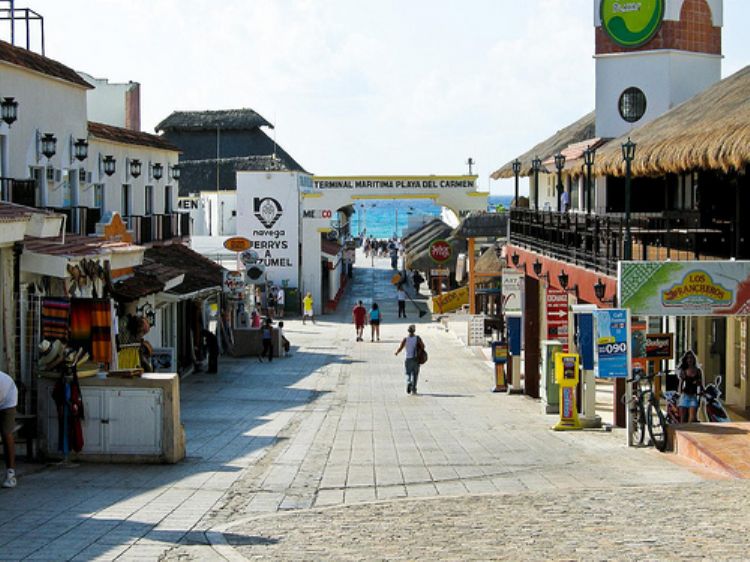
Despite its youth within the Mexican modern federation, the state of Quintana Roo is now located fifth in the country in terms of economic size and development, a success no doubt based on the splendid natural resources and tourist attractions of the likes of Playa del Carmen, Cancua, Tulum and Xcaret. Private and foreign investment within the tourism sector drives the economic growth of the state at a pace twice the national average.
This kind of economic boom has proved to last, as the state has grown with no interruption for the last seven years, at an annual average rate of 3,7%, which in turn transformed the entity into an employment powerhouse, with the obvious consequence of large numbers of people migrating into the state to take part in the flourishing labor market for tourism services. This, though, has created an undesirable situation of excessive demand for utilities and basic social infrastructure which the government has to supply, in detriment of further investment in productive sectors of the economy.
A great infrastructure development lies behind the buoyant tourist industry, consisting of world-class communication and transportation networks, with no less than three international airports, six modern maritime ports, a road network which extends for 5,400 kilometers, and the best telecom systems available in current world standards.
On the other hand, the archeological branch of tourist activity has received considerable support and impulse with positive results, not forgetting the fact that due to its location on the coasts of the Yucatan peninsula and the modern port infrastructure it offers, Quintana Roo is the gate of entry for 50% of the cruisers docking on Mexican coasts. In all, the state welcomes 10 million visitors each year.
Forestry represents yet another economic activity of some relevance in the state, as it contains the largest jungle territories nation-wide. The production of light, medium and heavy timber in fact supplies many rural communities with their only means of support. In addition, rubber is still produced in the area, in quantities that reach some 360 tons per year, and is regarded internationally as a product of high quality.
The manufacturing industries operating in the municipalities of Benito Juarez and Othon Blanco, actually pay wages similar to those found within the tourist sector, and are focused in the production of foods, beverages, tobacco and timber products.
Small and medium enterprises represent the second largest contribution to the state Gross Domestic Product, which has led the local government to support the sector through various promotion programs.

One of Mexicoâs fundamental problems is migratory flow....
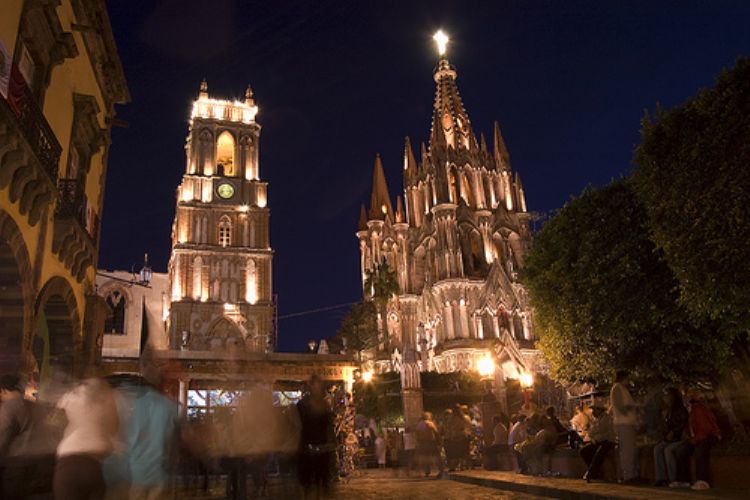
The Magical Towns of Mexico are cities that have witnesse...
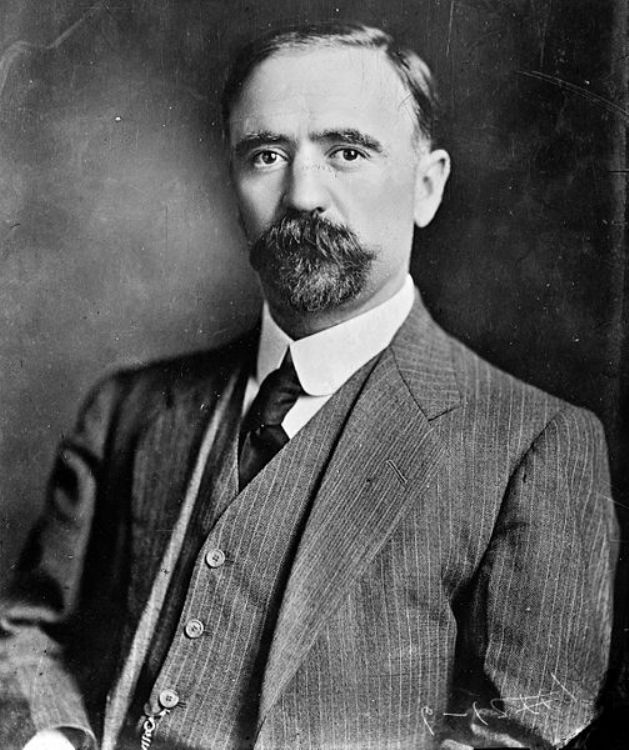
He was born on the 30th of October 1873 at Hacienda el Ro...

Cancun. Colossal pyramidal ruins, second worldâs larges...

Located 12 miles to the west of the coasts of Quintana Ro...
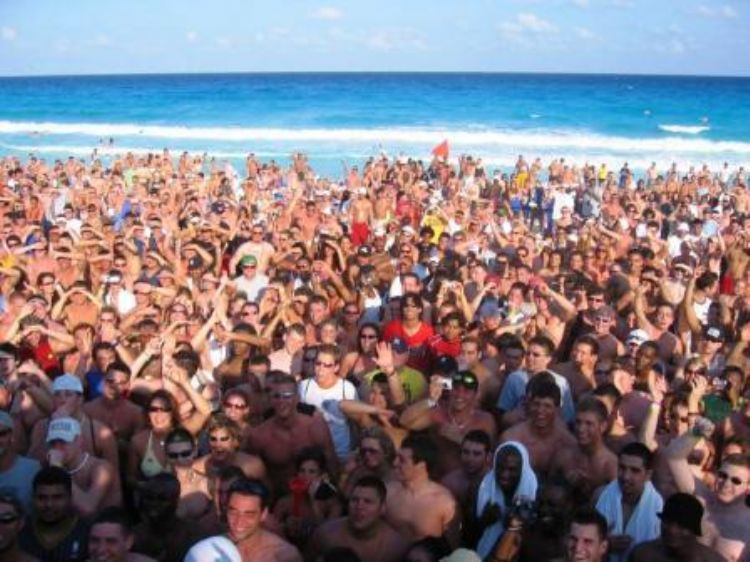
Spring Break 2009 will be from February 28 to April 5 in ...
.jpg)
Teatro de Bellas Artes
Th...

Sian Kaan means where the sky is born and it was during t...

The latest additions of UNESCO show a concern for preserv...
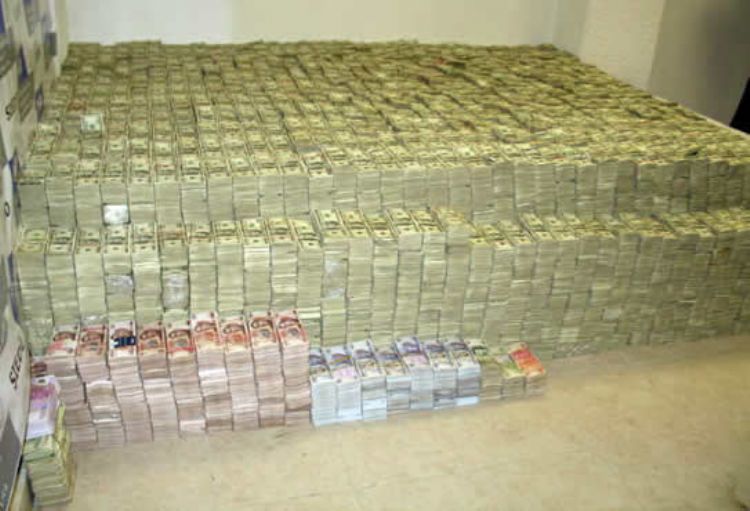
Lately, this seems to be the hot topic no matter the soci...
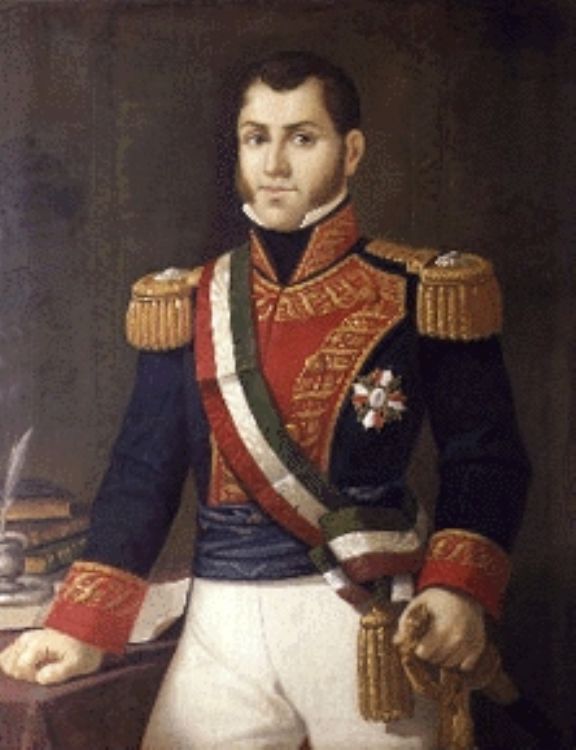
After Mexicoâs Independence, the country was in a const...

There are several dates that are considered important in ...
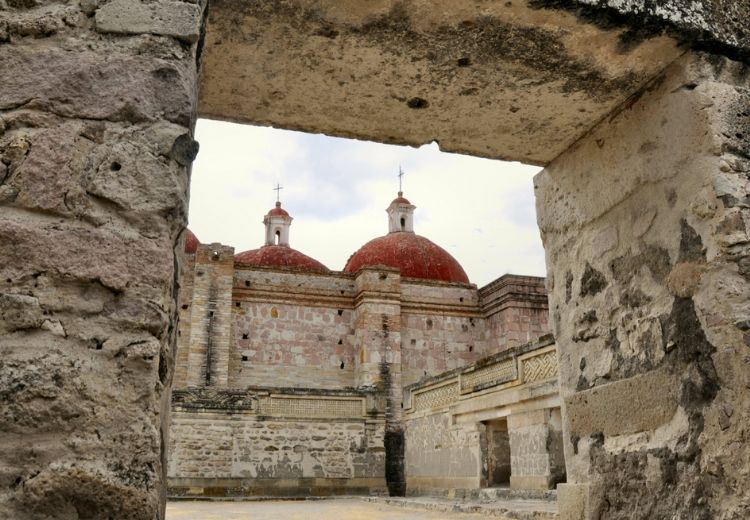
As we know, this year new Mexican elements were added to ...
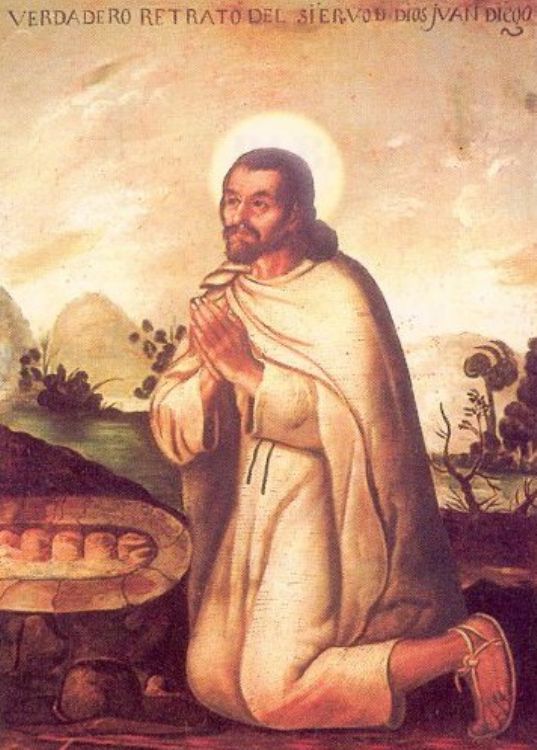
Ten years after the Conquest of Mexico, on the 9th of Dec...

He was born on the 30th of October 1873 at Hacienda el Ro...

Started under the name of Real y Pontificia Universidad d...